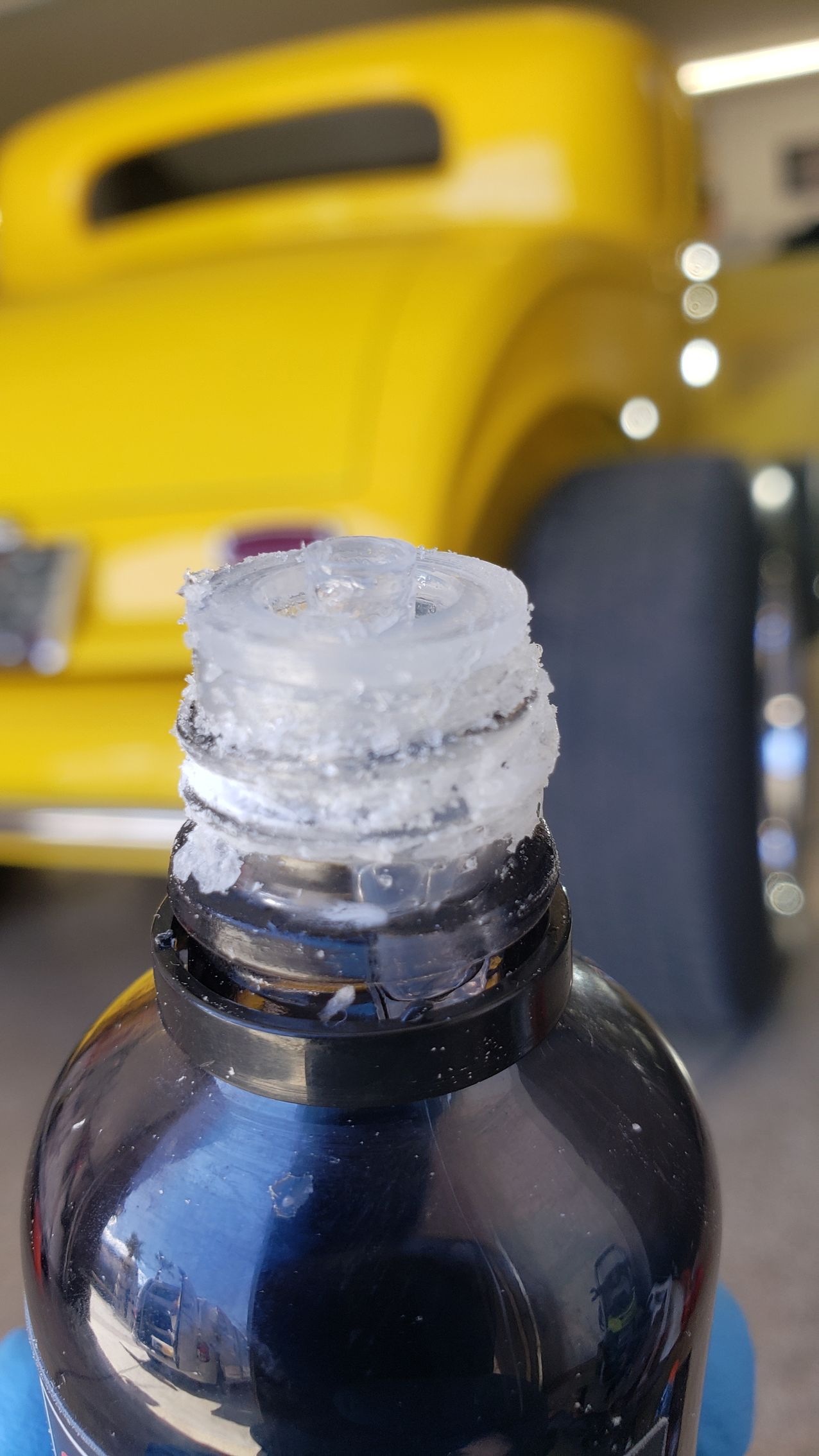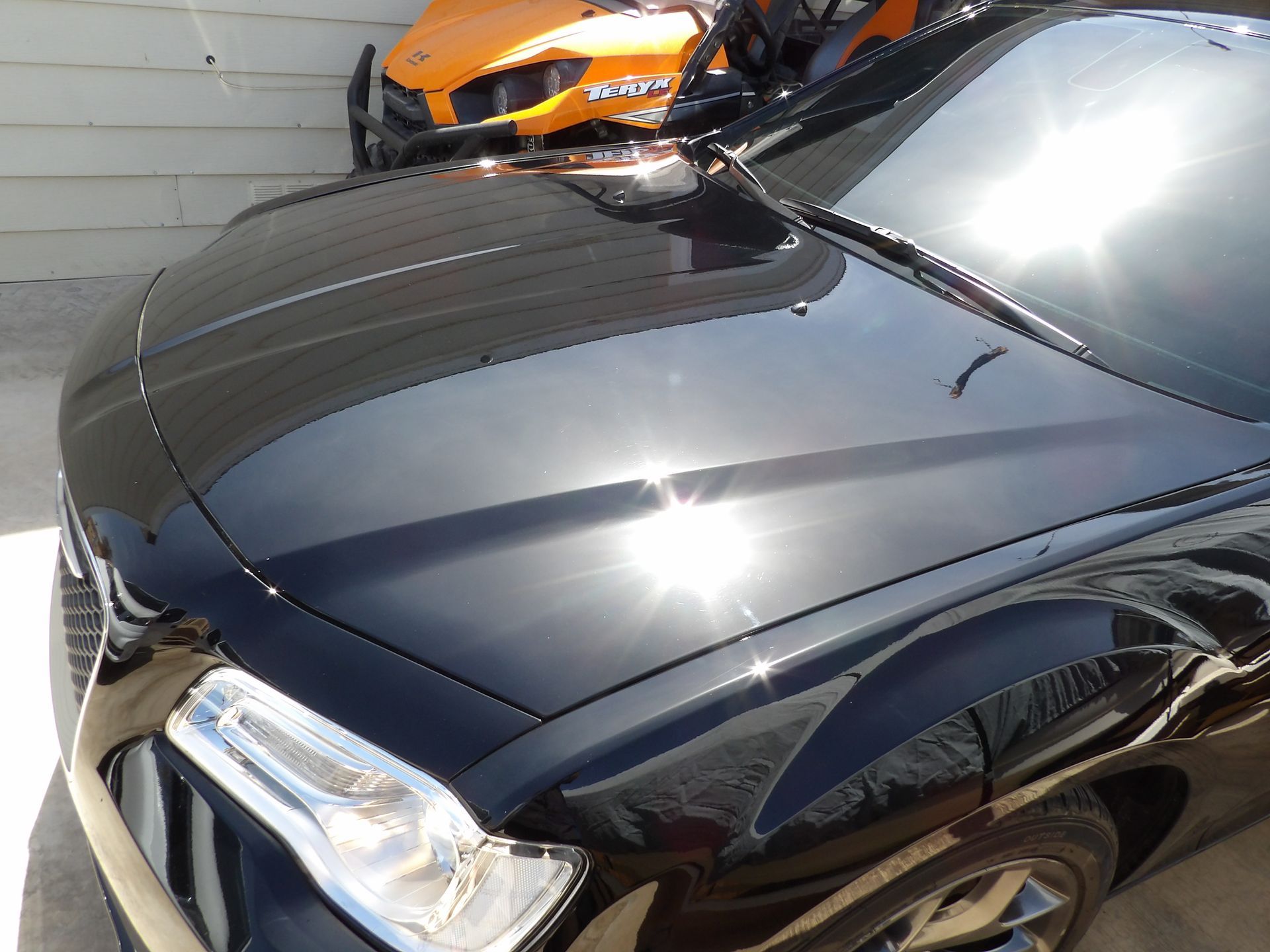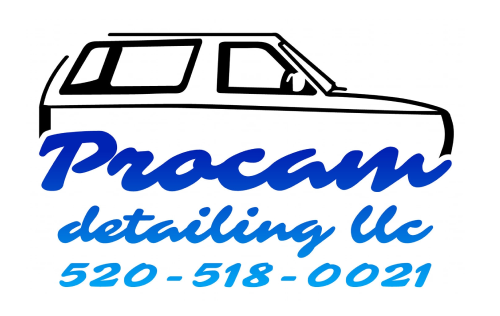Wheel cleaning 101: Secrets to keeping rims brand new and how to clean them
The devil is in the details, and when it comes to your car's appearance, nothing speaks louder than the state of your wheels and tires. We'll explore the art and science behind wheel detailing – from the importance of removing brake dust to the benefits of ceramic coating. So lets dive in.
The Battle Against Brake Dust
Brake dust, the notorious black residue that accumulates on your wheels, is not just an eyesore – it can also be corrosive and detrimental to your wheel's finish over time. The primary culprit is the combination of high heat, adhesives, and metal shavings produced during braking. These metal shavings can cause rust that corrodes your rims and are abrasive, so going too long without cleaning can make the dust more damaging once you do clean them. Regular cleaning is not only about maintaining aesthetics but also preserving the integrity of your wheels.
The Right Chemicals Make a Difference
Brake Dust Cleaners
- Choose a high-quality brake cleaner formulated to break down and dissolve brake dust. old-school detailers would use acid for cleaning the wheels. While acid did a great job, its not safe for all metals and can damage most rims if not properly neutralized and rinsed off.
- These cleaners are designed to be safe for various wheel finishes, ensuring effective cleaning without causing damage.
Avoid Acid-Based Cleaners
- Acid-based wheel cleaners can be harsh and may damage wheel finishes over time. Old-school detailers would use acid for cleaning the wheels. While acid did a great job, its not safe for all metals and can damage most rims if not properly neutralized and rinsed off.
- Opt for pH-balanced, non-acidic cleaners to ensure a gentle yet effective solution for your wheels. Now some iron removing cleaners may not be acidic, but the chemical will actually convert the iron particles into ferrous thioglycolate, which is acidic and will need to be rinsed off.
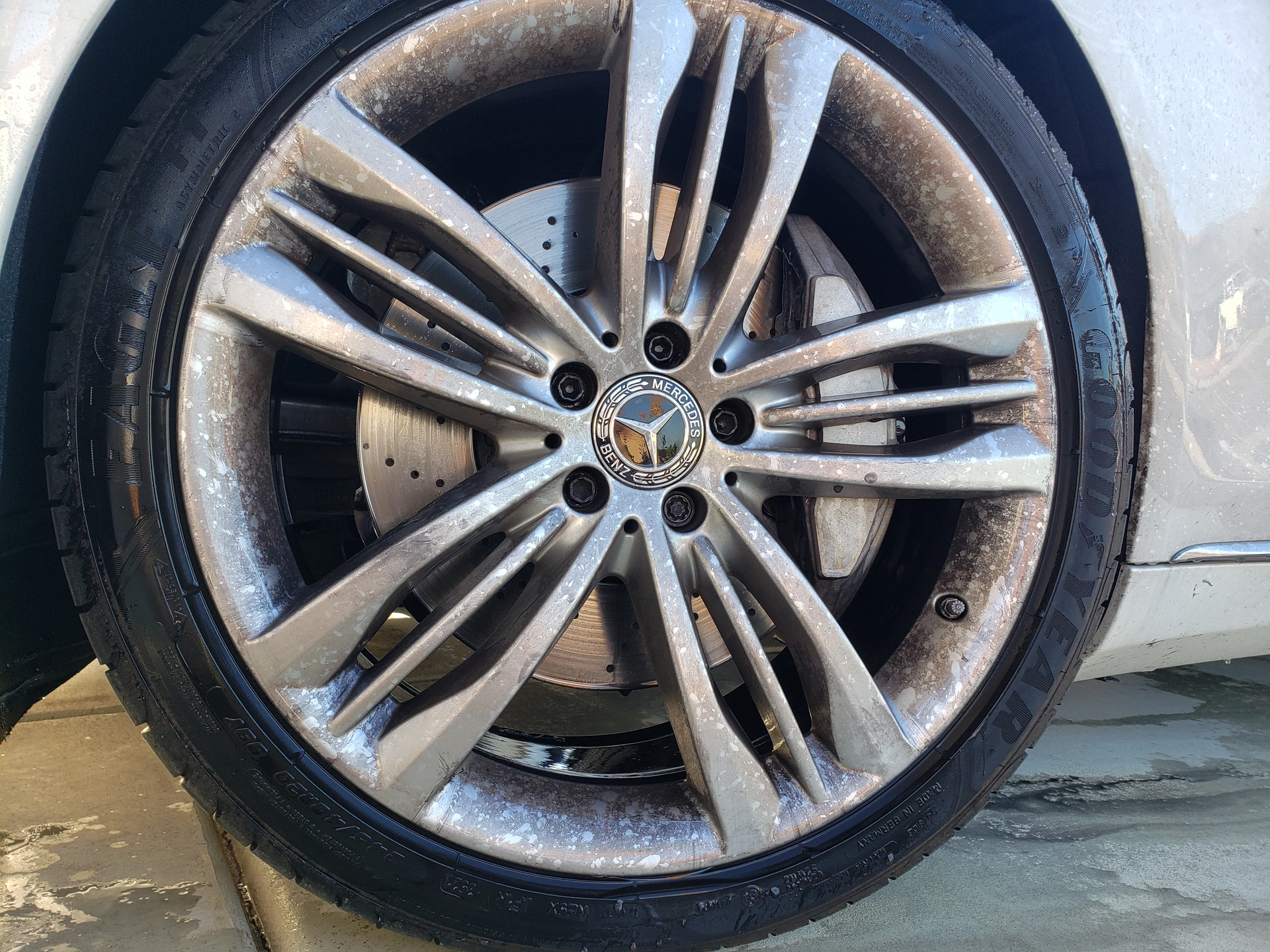
The Power of Proper Technique
Use the Right Tools
- Invest in brushes, one for the barrel, one for the rim, and another for the tire.
- A soft-bristle brush can reach into intricate wheel designs without causing scratches.
- There are many barrel brushes available, choose one that works for your rims, whether it be flexible, flat, microfiber, or bristled.
- Don't forget about the towels, I often opt for black towels that don't show grease, but you still want to choose soft, quality microfiber towels.
Pre-Rinse
- Before applying any cleaner, give your wheels a thorough pre-rinse to remove loose dirt and debris.
- If the wheels are heavily contaminated, pre-soak with chemicals and rinse off again before scrubbing with your brushes.
The Allure of Ceramic Coating
Long-Lasting Protection
- Ceramic coating creates a protective layer on your wheels, guarding against brake dust, road salts, and environmental contaminants.
- Enjoy the benefits of a cleaner and more resilient wheel surface.
- Brake dust and contaminates left on your wheels for months at a time can still cause damage to the ceramic coating and even your wheels, so make sure to frequently clean them.
Easier Cleaning
- With ceramic coating, future cleaning becomes a breeze as contaminants are less likely to adhere to the surface.
- Water and mild soap/degreaser are often sufficient for routine maintenance.
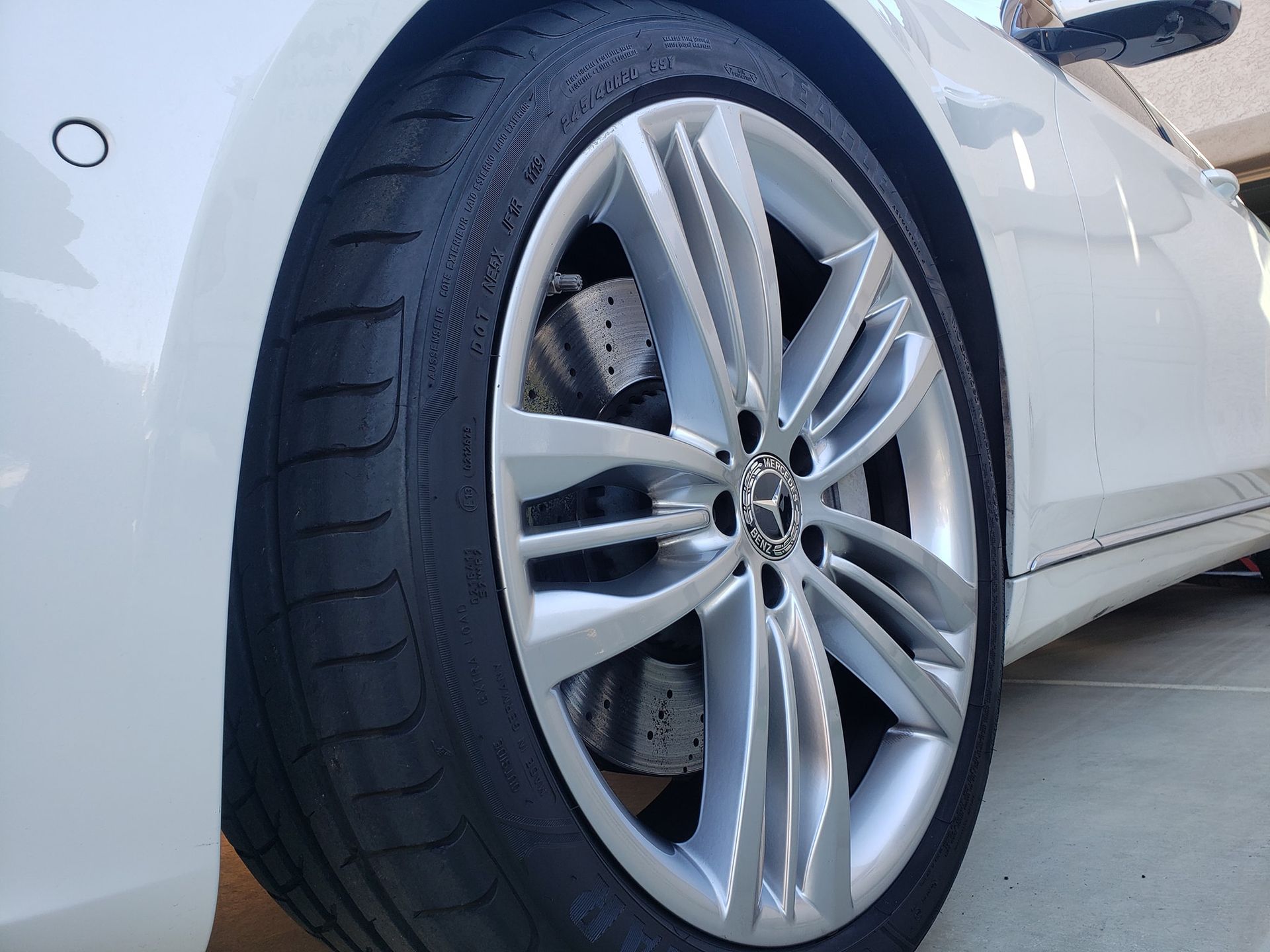
Conclusion
Wheel detailing isn't just about having beautiful, shining rims; it's about ensuring the longevity and resilience of one of your car's most noticeable features. Embrace the power of the right chemicals, proper techniques, and the added advantage of ceramic coating to keep your wheels in top-notch condition. At Procam Detailing, we understand the wheel detailing nuances that make a difference. Schedule your appointment today and let us elevate your ride with gleaming, well-protected rims that turn heads on every street!
